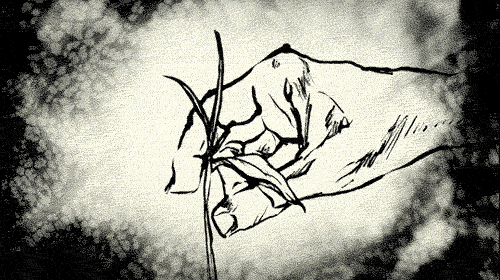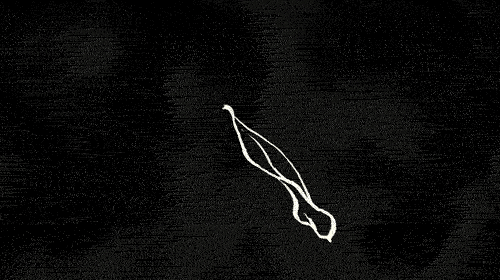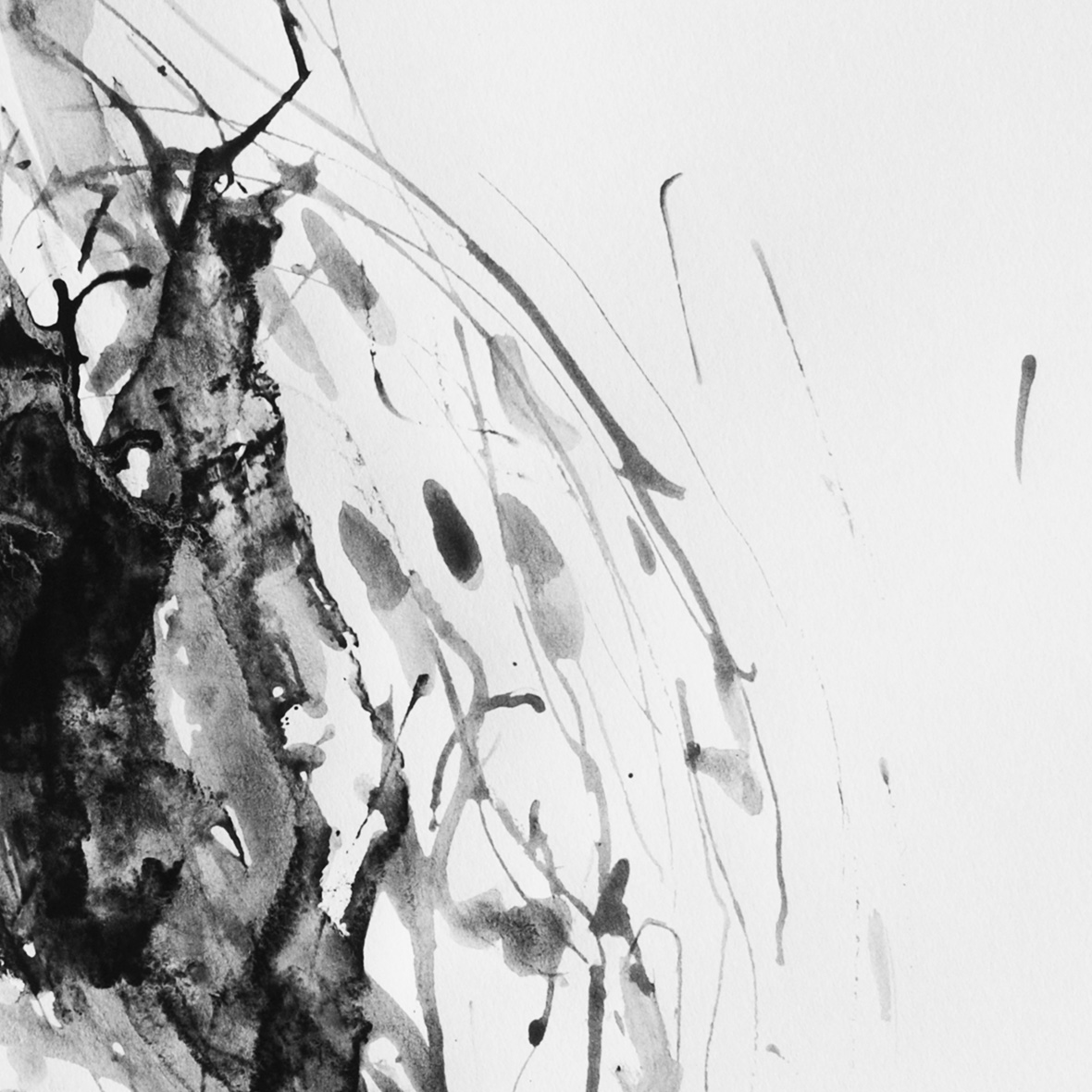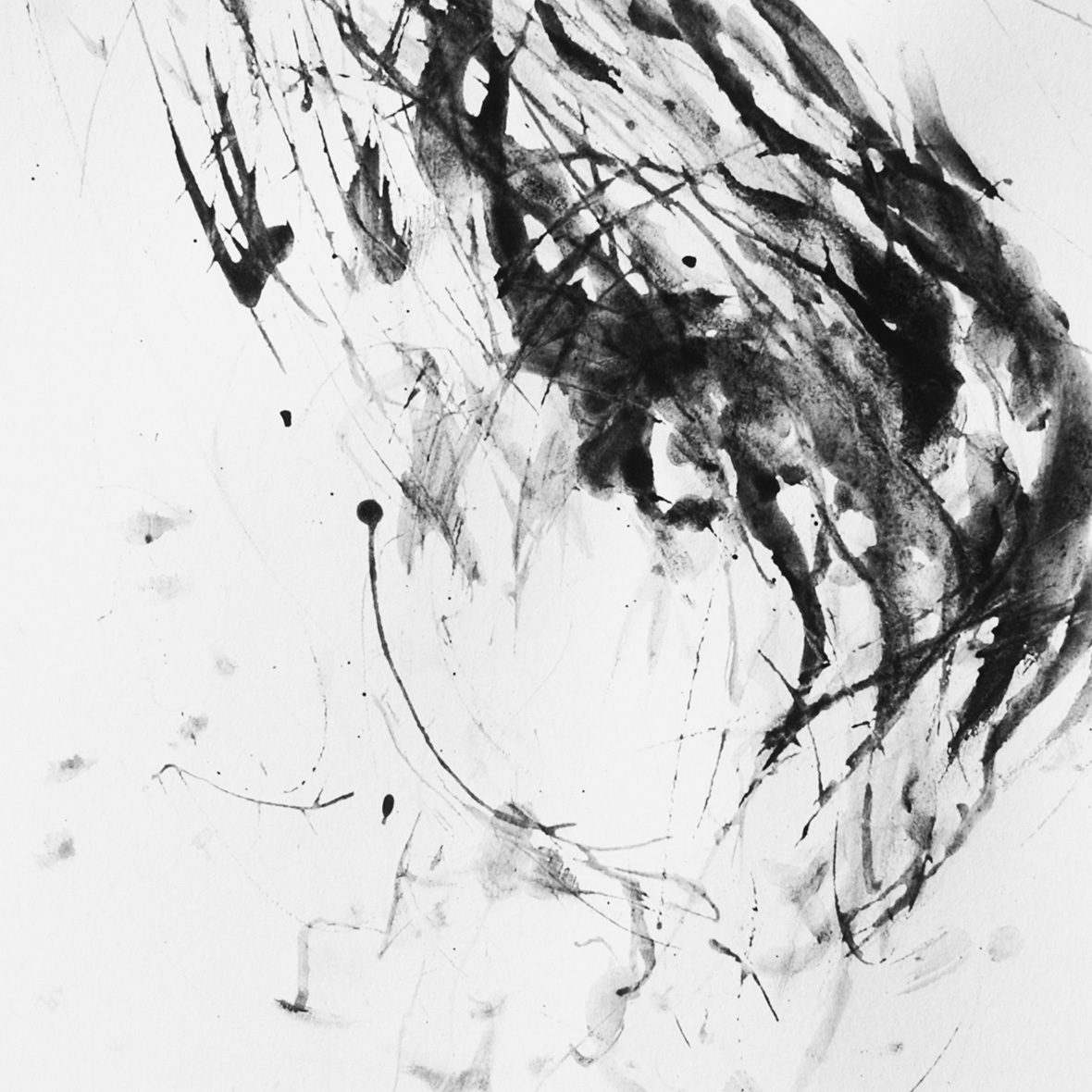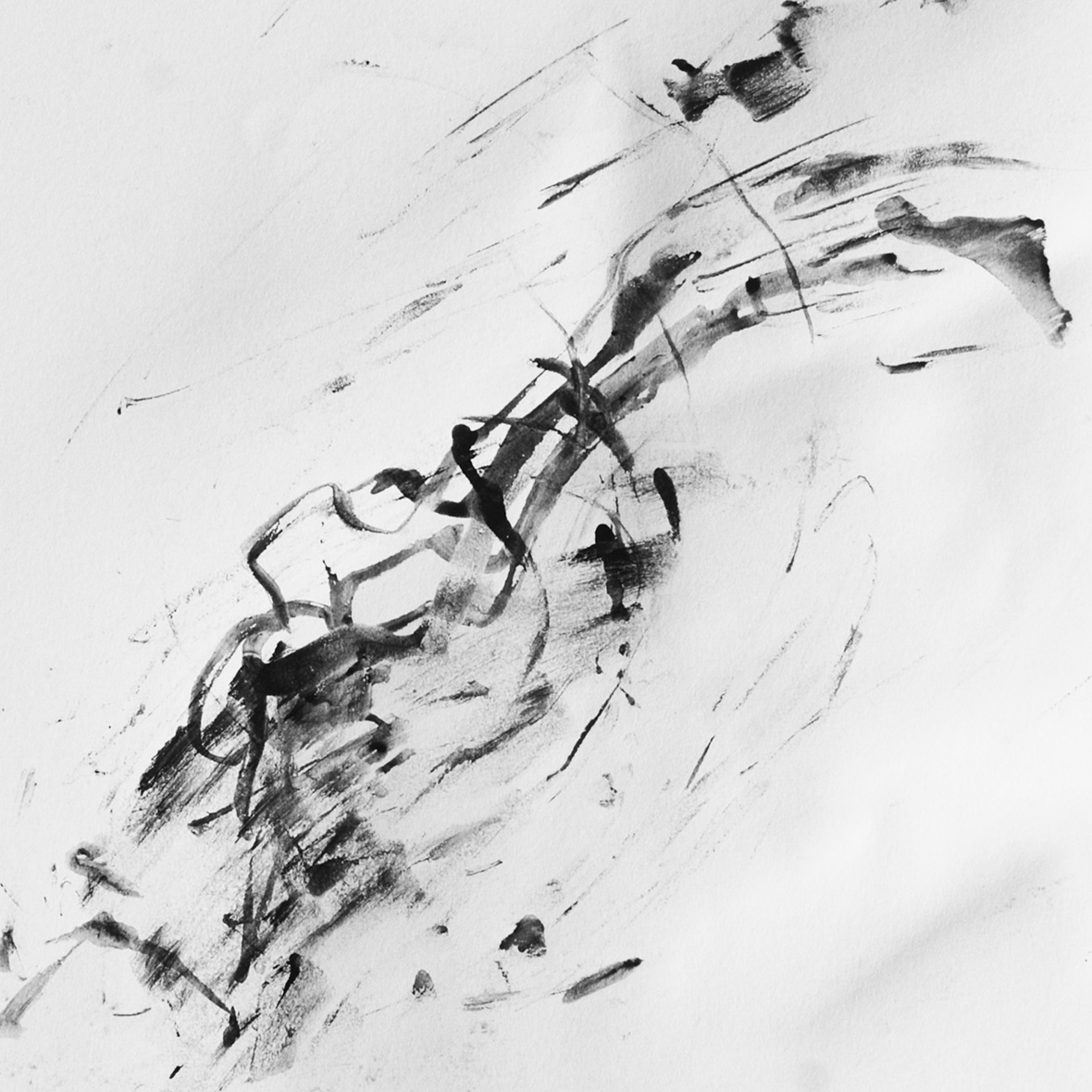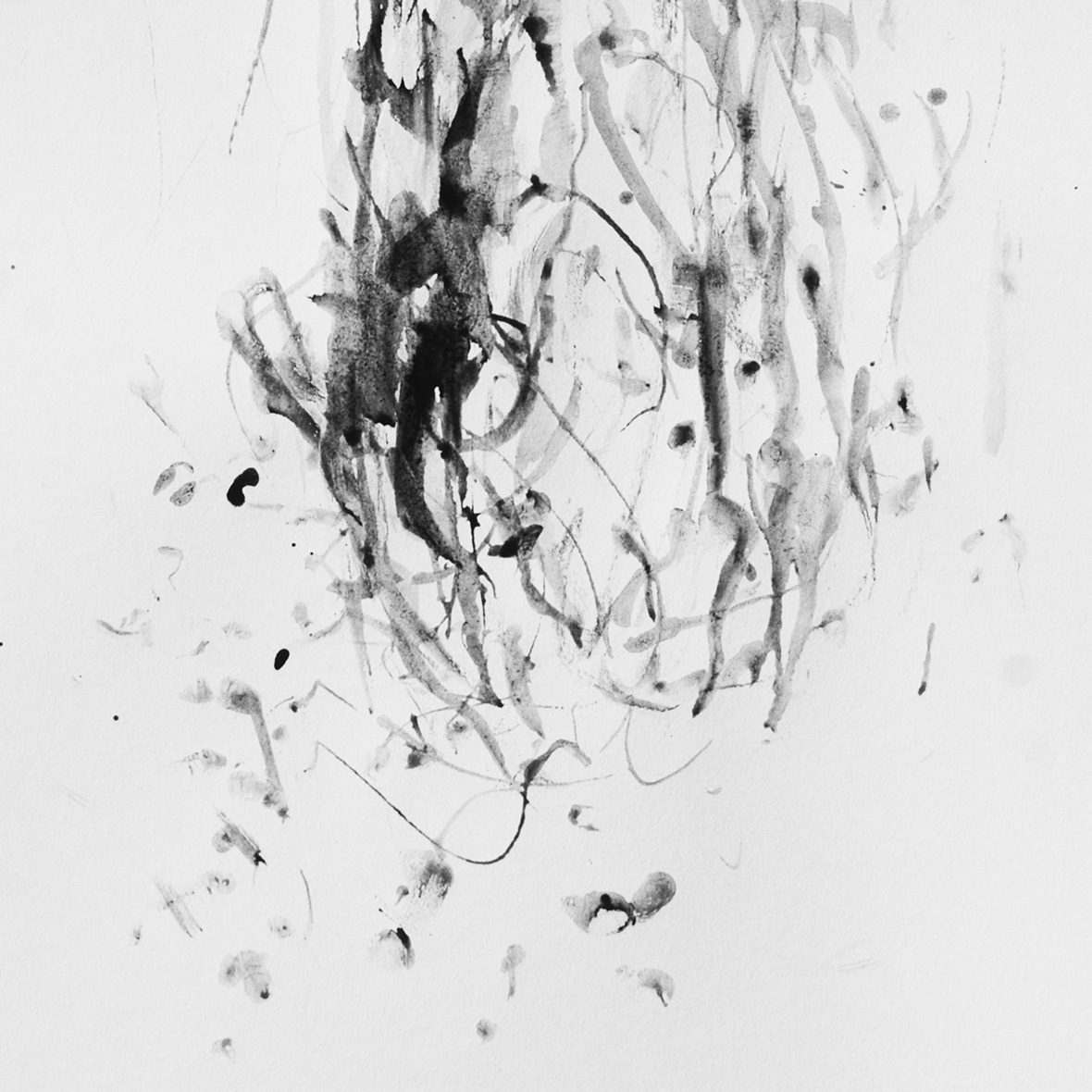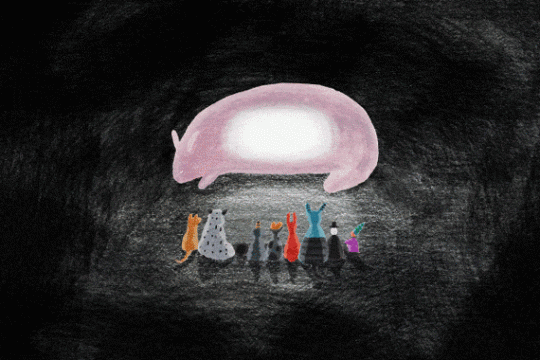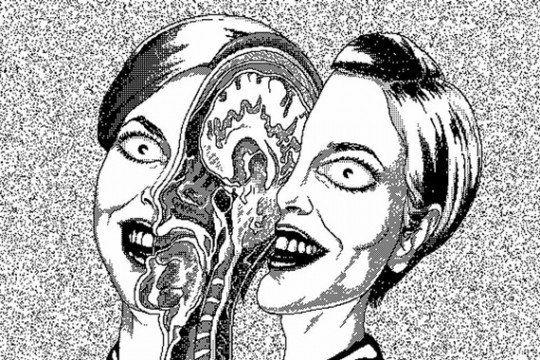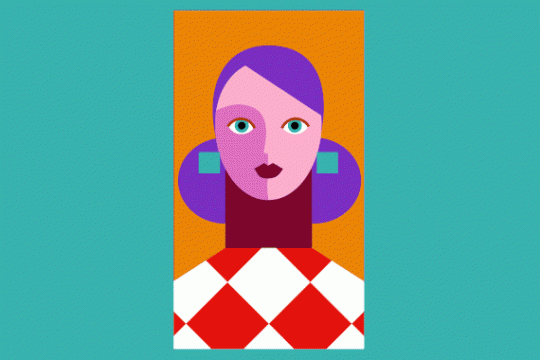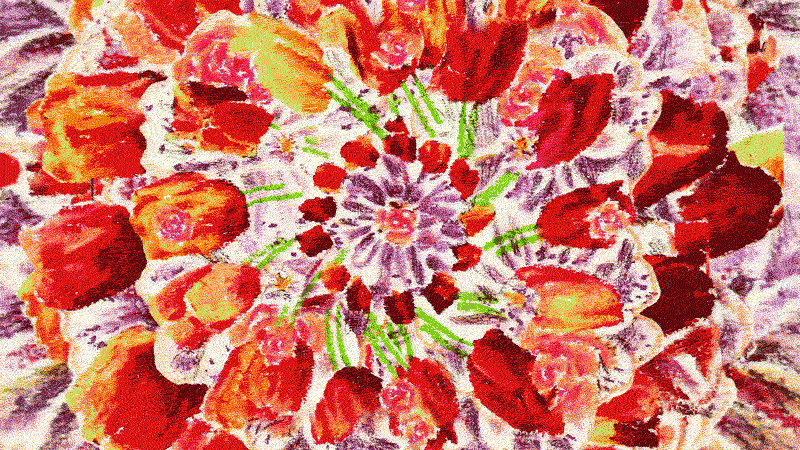
A period marks the end of a sentence, but it can also be understood as signifying the beginning of another. This process of ending and beginning again is at the heart of Period, an exhibition by Korean animator Na Yon Cho held at the PonetiveSpace Gallery in Paju, South Korea. The show consists of both animated and still pieces spanning a wide range of media including charcoal, oil paint, visual effects. “The word ‘period’ states that there is a beginning and an end, but periods are also part of a larger timeline,” she says of the title.
一个句号,可以标志着一句话的结束,也可以被理解为新一句的开端。这种周而复始的结束与开始,正是韩国漫画家 Na Yon Cho 个人展览《Period》的主题。该展览于韩国坡州 PonetiveSpace 画廊举行,由动画和绘画作品组成,呈现了一系列丰富的艺术媒介,包括炭笔画、油画和视觉效果。“‘Period’这个词不仅暗示了开始与结束,更是指时间线中的一段时间。”她这样解释展览的标题。
Central to the exhibition is also the concept of saenglobyeongsa (생로병사), a Buddhist teaching that translates to “birth, aging, sickness, death.” Though Cho herself is not Buddhist, the concept has been important to her since she was very young. “It’s always been such a huge part of my understanding of the world because it kind of humbles us in a way,” she says. “As much as we like to believe that we’re beyond animals, or are a unique species, everything has a beginning and there’s always an end. Like flowers, we bloom, and then we die. Death is natural—it just proves that we’re part of a larger ecosystem.”
整个展览的另一个主题是“人生四苦”(即韩文“생로병사”),这是一个佛教用语,意即“生老病死”。虽然 Na Yon 本人不是佛教徒,但这个概念从小就对她影响很大。“这个概念一直影响着我对世界的认知,因为它会让我意识到自身的渺小,变得更谦卑。”她说,“尽管人类认为自己不同于其它动物,但每一个物种都不能免于生死循环。花朵灿烂绽放,随后枯萎,人生也如此。死亡是一件很自然的事情,它证明我们隶属于一个更大的生态系统中的一部分。”
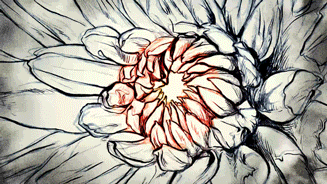
Cho’s animation style, with its short, looping videos, is itself is cyclical. Compared to 3D-based animation, she prefers a traditional process of drawing the frames images in charcoal, animating them, and making corrections by hand. In conveying the concept of saenglobyeongsa, Cho explains that she wanted to highlight how animation is done.
Cho moves back and forth between organic materials and technology. In creating Flickering Light, Cho wet her hands, rubbed charcoal on them, and drew the flame with her fingertips. She then photographed her stills, transferred them to her computer, and animated them based on a reference video of a live flame.
Na Yon 的动画风格带有一种周期循环感,简短、循环。相比于 3D 动画,她更喜欢传统的创作方法:先用炭笔素描每一帧图像,再使之动画化,并手工进行调整。Na Yon 解释说,在表达“人生四苦”的概念时,她想强调动画的制作过程。
Na Yon 的创作在有机材料和科技之间徘徊。在创作《Flickering Light》(闪烁的光)时,Na Yon 用湿透的双手磨擦炭笔,再用指尖描画火焰。之后用相机拍摄下这些静止的图片,传到电脑上,根据真实火焰的视频,制作成动画。
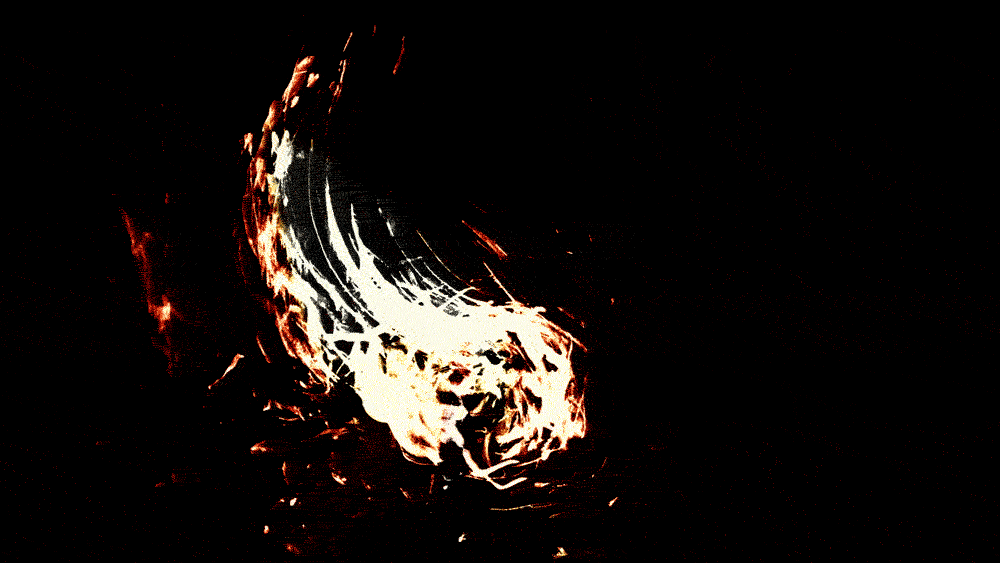
Like many other millennials who grew up surrounded by technology, Cho has ambivalent feelings about her relationship with it. In fast-paced cities, far from nature, it’s easy to forget that one is part of a larger ecosystem. On the other hand, technology has allowed us to better understand the natural world. “I’m not against technology, but I think our dependence on it can lead to an unhealthy cycle,” she says.
Upon moving back to Seoul, Cho became reacquainted with traditional Korean art, and especially the tradition of perfecting the drawing of a single orchid. Cho spent six months trying to perfect a single line. “I want to find the perfect line, and this line can’t be pretty — it has to have qi, or energy. I look more for this ‘energy’ than prettiness or façade.”
和其他在众多科技中成长的千禧世代一样,Na Yon 对于自己与科技的关系充满矛盾的感情。在远离自然、节奏快速的城市,人们很容易忘记,自己本是一个更大的生态系统中的一部分。在另一方面,科技又使我们能够更好地了解自然世界。“我不反对科技,但我认为人类对科技的过分依赖会导致一个不太健康的循环。”她说。
回到首尔后,Na Yon 重拾韩国传统艺术,尤其是在描画兰花时不断雕琢完善的绘画传统。她曾花了半年时间努力来完善一个线条。“我想呈现一种完美的线条,比起展现‘漂亮’或好看的表面,它更需要有‘气’、有‘能量’蕴含在里面。”
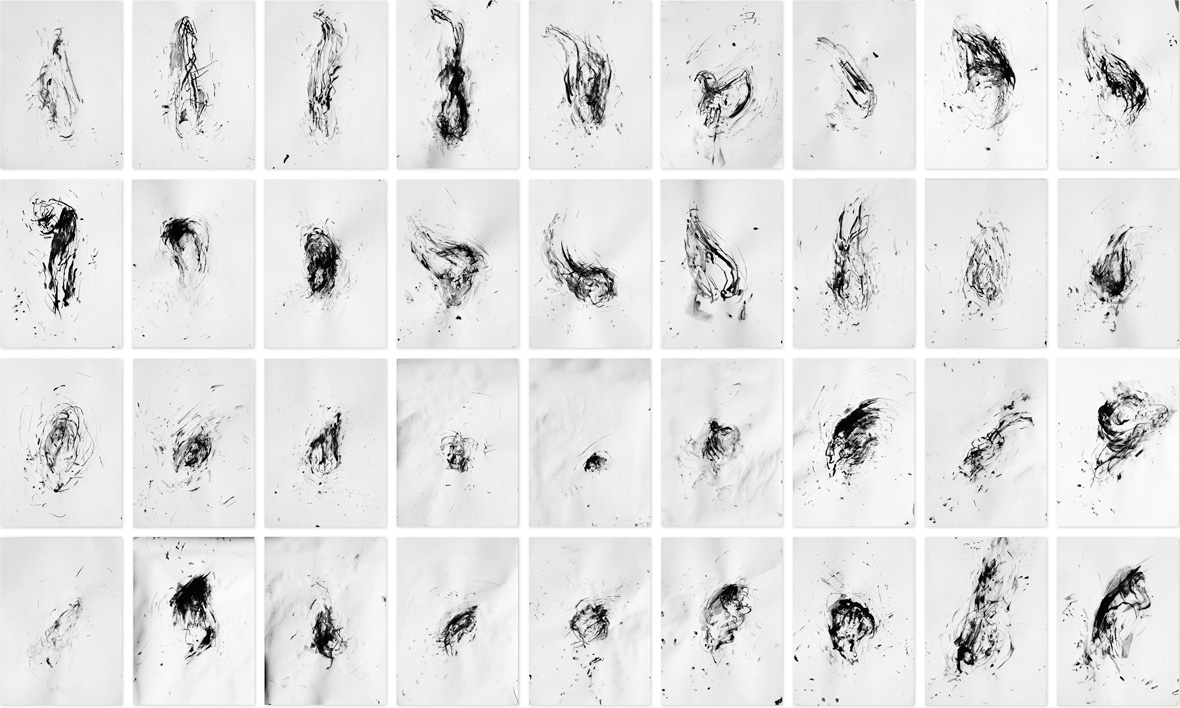
Cho’s favorite piece of the exhibition, A Day in the Life, is a standalone painting with no accompanying animation. The chaotic lines of red, orange, and white reflect the stray thoughts that go through everyone’s mind on any given day. They’re a visual interpretation of how important ideas mingle with peripheral memories and float into our consciousness. Cho enjoyed the process of releasing her thoughts by scribbling with pastels, covering the canvas in a layer of oil, and scribbling again. When asked how such a human-centered piece fits into the larger theme of her show, she says that this flow of thoughts is also cyclical in nature.
在展览的作品中,Na Yon 本人最喜欢的作品是《A Day in the Life》(生命中的一天),这是一幅独立的画作,没有附带动画。红、橙、白三色混杂的线条,反映出人在日常那些漫无边际的想法。它也是在以视觉的形式,说明重要的想法与周边记忆融合在一起,并漂浮进我们的意识里。她喜欢用粉彩涂鸦,之后在画布中涂上一层油彩,再继续涂鸦,以此来释放自己的想法。当谈到这样一部以人为中心的作品是如何融入她展览的大主题时,她说,这种思想的流动,在本质上也是循环的。
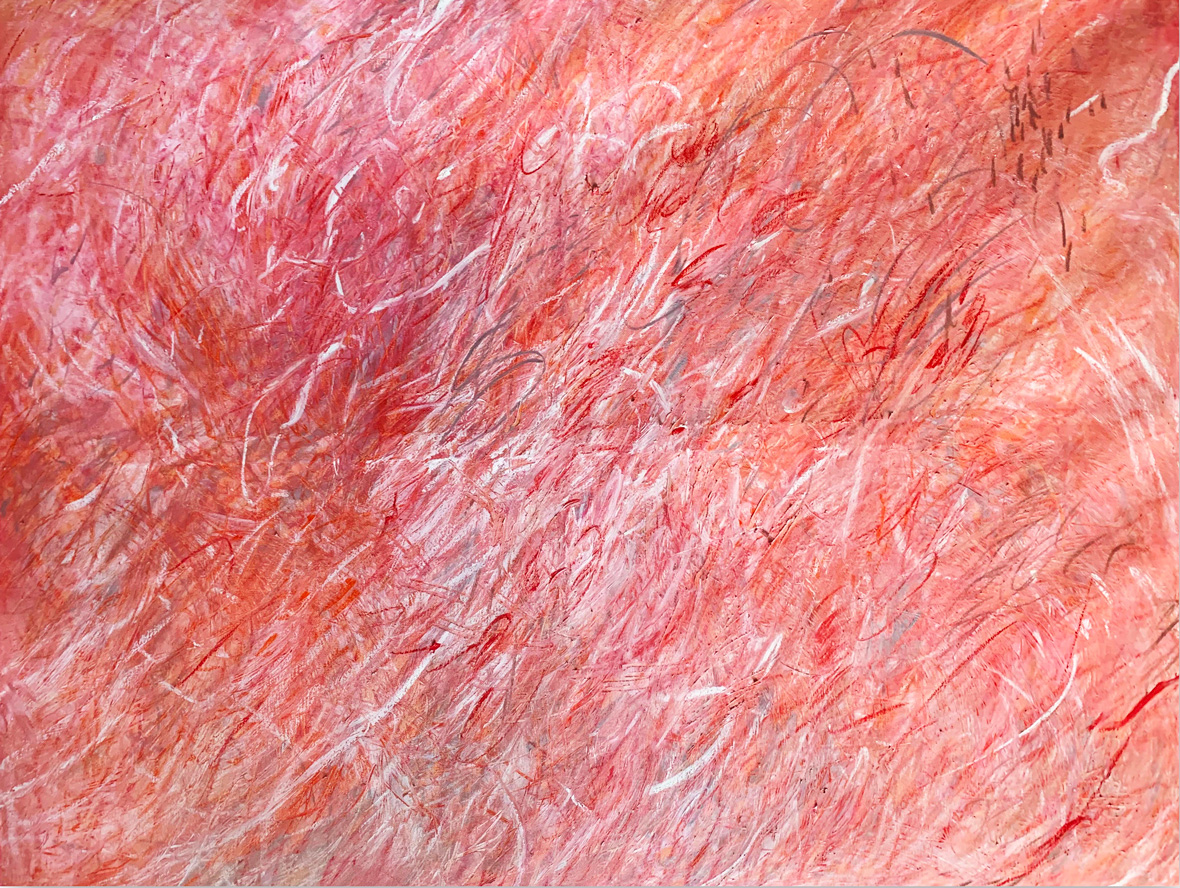
Cho doesn’t want to enforce a singular interpretation of her art, and audience responses can be surprising. At her exhibition, she noticed an older lady watching an animation replay for ten minutes. The lady then came to her and thanked her for the exhibit, explaining that her son had died years ago, but the video, in some small way, helped her to come to terms with it. “She said she felt comforted by the idea that yes there’s death, but there’s also always a bloom.”
Na Yon 不希望强行对她的艺术加上特有的注解,所以观众的反映常常令人惊喜。在她的展览中,她留意到,有一位年迈的女士在一个动画回放前看了十分钟之久。后来,这位女士走到她面前来感谢她。她说自己的儿子几年前去世了,而这段动画视频让她终于接受了这一事实。“她对我说短片的主题让她感到慰藉——死亡是不可避免的,但死亡过后,又是新生。”
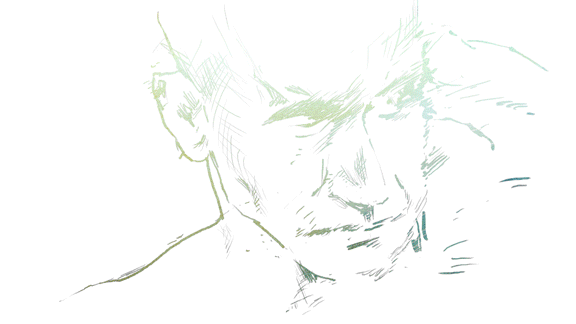
Like our stories? Follow us on Facebook and Instagram.
Website: nayoncho.work
Instagram: @nacho.nyc
Contributor: Eugene Lee
Translator: Olivia Li

